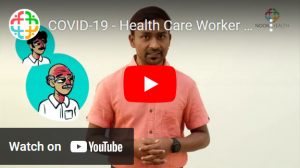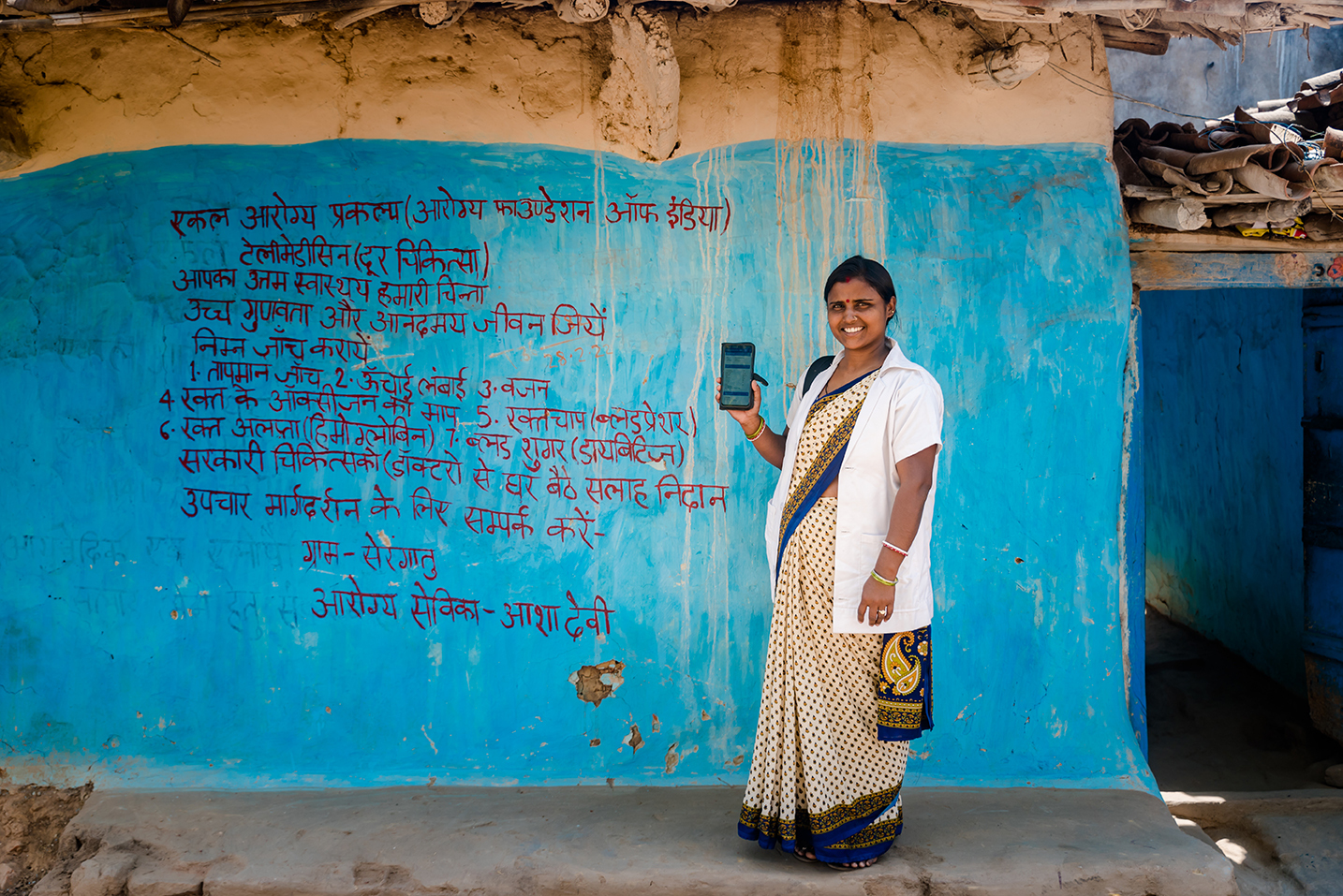In light of the spread of Covid-19, we are dedicating a series of articles to the use of PPE and other personal protection measures for healthcare workers of all cadres – doctors, nurses, midwives, community health workers, sanitation staff, lab staff to name a few.
This article assumes little to no background in infection control and Personal Protective Equipment (PPE).
HOW INFECTION MAY SPREAD TO A HEALTH WORKER & PRECAUTIONS YOU CAN TAKE
As Covid-19 is an infectious disease which spreads through droplets and fomites, wearing PPE by health care providers is vital for their own protection. When an infected person coughs, droplets spread in the atmosphere, which is why they should wear a mask. But those who are undiagnosed or asymptomatic, they may be spreaders of infection. So health care professionals need to take extra precautions to protect themselves.
Droplets from infected persons may come in direct inhalation during breathing in. So a health worker needs a mask. The average person has 3000 droplets in a single cough that travel at 150 kmph for upto 1-2 meters. Hence, by keeping at least 1-2 meter distance from the patient, you can minimize the risk of getting infected through droplets.
But touching infected surfaces, direct contact with body, belongings and body fluids of patients are real threats to workers. So proper hand washing after each contact with either soap and water or hand sanitizer, as per the situation, is necessary even with all precautions. Even if you have worn gloves, it is recommended that you wash your hands according to hand wash guidelines after removing gloves.
VARIOUS TYPES OF PERSONAL PROTECTIVE EQUIPMENT (PPE)
1. Masks: There are two types of masks available. Triple layer surgical mask and N95 respirator. Both are good for their situations.
1.1. Triple layer mask: The common surgical mask has 3 layers of fabric that is water resistant. This mask can be used for 8 hours. If it gets wet, it has to be removed. Once removed, it has to be disposed of as biomedical waste.
How to use: The mask has a hard metal string on the upper side, which is malleable and is pressed against the nasal bridge to adjust to shape. To cover a large area of face, mouth and nose, it is pleated. On the outer side, these pleats should open downwards, so that there is no pocketing which can lodge droplets near the nose and make the wearer even more vulnerable. Tie the strings behind the head, or there are elastic loops, wear around the ears. Make sure that there is very little space, if any, between mask and face. The mask is not sterile. You can touch any surface when wearing the mask, but once you are ok with it and have started working, you should not touch the front surface of the mask as it is potentially infected. Maneuver the mask with strings. When removing also, touch only the strings.
1.2. N95 respirator mask: This is better in terms of particulate filtration. Fits a bit tightly on the face. May have an expiratory valve and tight texture so that it will not collapse and balloon with respiration.
2. Face shield and goggles: To protect mucous membranes of mouth, nose and eyes from sudden splash of infective material. These also will protect from inadvertent touching eyes, nose and mouth with contaminated fingers.
3. Gloves: When you touch a contaminated surface with bare hands, your hand is likely to be contaminated as well. But this does not replace hand sanitation. Instructions for wearing gloves do not differ. Sterilized gloves are not needed. Usual guidelines for gloves prevail.
Gowns: Body cover is needed to protect the entire body. They are required for workers working in close proximity (less than 1 meter). They have laces to tie from the back. They are akin to surgical gowns used in OT. They are to be used based on risk of exposure.
4. Shoe covers and head covers: As airborne droplets tend to settle, they can catch feet/shoes as well as head.
HOW TO WEAR (DON) AND HOW TO REMOVE (DOFF) PPE PROPERLY
It is extremely important to don and doff PPE properly in order for it to be effective. Hand hygiene is an important aspect of proper PPE removal. Here is a short video explaining the proper sequence as a quick and handy reference. You can also refer to some of the longer videos below.
A short video on the proper sequence of donning and doffing PPE – By Diwakar’s Multispeciality Hospital https://www.divakarshospital.com/ As a healthcare wor…
Authors: Dr. Bimal Buch, Dr. Bhishmaraj Shrivastava and Neha Verma





